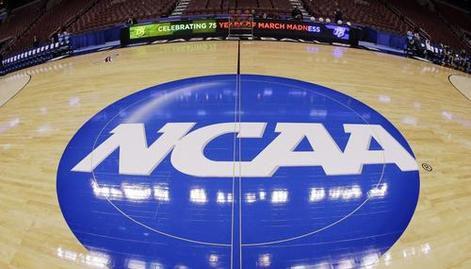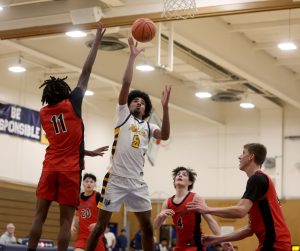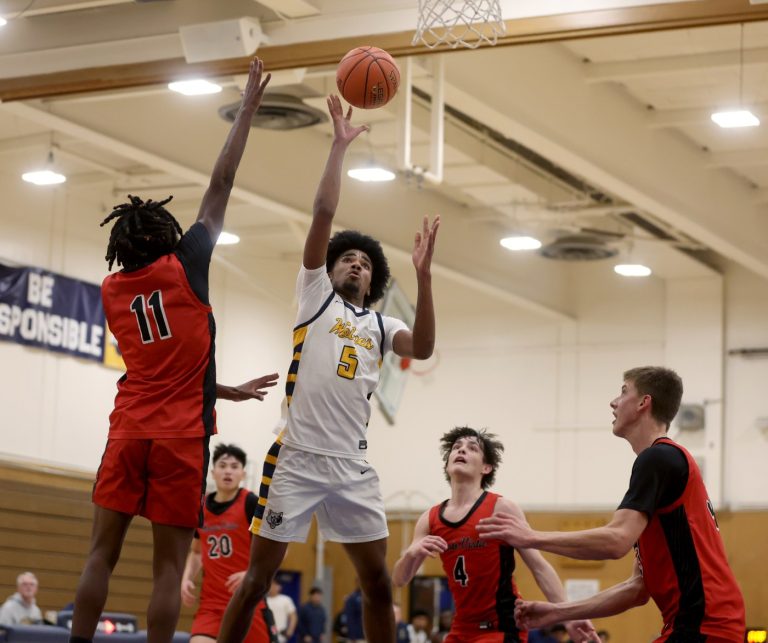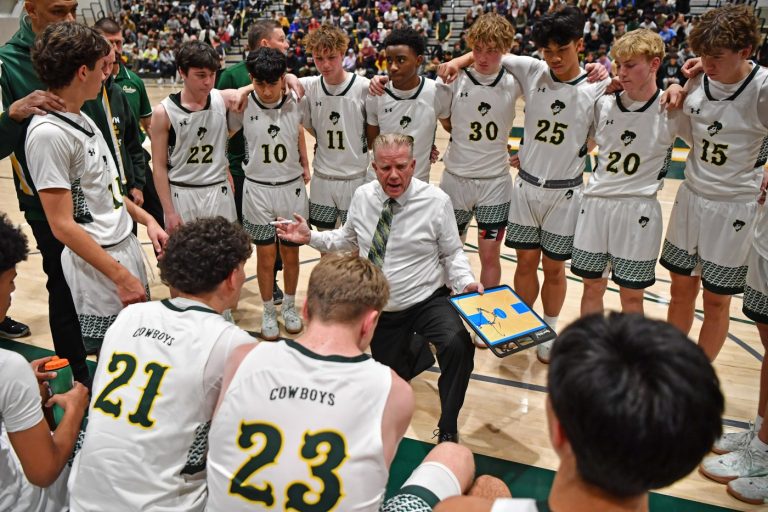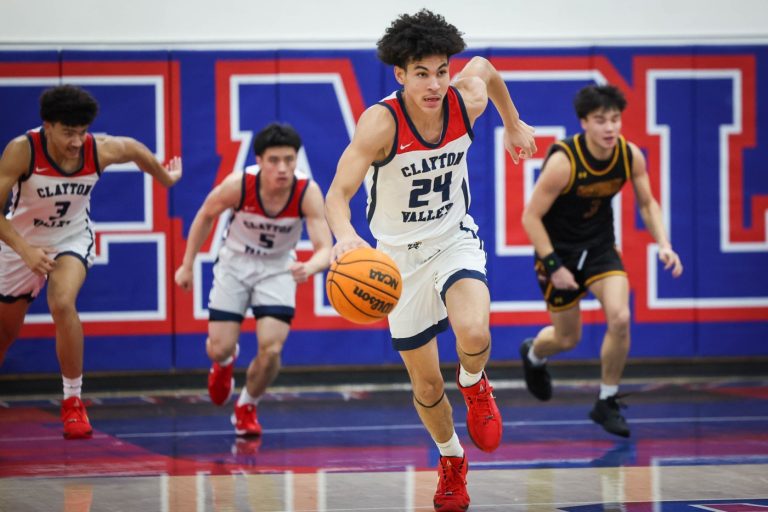The NCAA Tournament selection committee’s early reveal of the top 16 overall seeds Saturday morning featured SEC dominance, the return of a coaching legend and one representative from the western half of the country.
Auburn was the No. 1 overall seed, followed by Alabama, Duke and Florida.
Arizona, which sputtered early but has rolled through the Big 12, received a No. 3 seed from the committee and was the No. 12 overall seed.
No other team from the Mountain and Pacific Time Zones — that’s 1.2 million square miles, for those scoring at home — appeared in the committee’s top 16.
The West Coast’s woeful showing makes perfect sense based on recent results but constitutes a notable shift from what might have been expected prior to the start of the season.
Gonzaga, ranked sixth in the AP preseason poll, lost several close games in December and has been unusually wobbly in West Coast Conference play.
UCLA, ranked No. 22 in the preseason, has struggled on the road in conference play (but leads the Big Ten in public complaints about the travel).
Oregon, which had a stellar November, has dropped six of its past eight.
New Mexico and Utah State, the best teams in the mediocre Mountain West, are nowhere near the cutoff line for a top 16 seed.
There are three weeks of regular-season play remaining, plus conference tournaments. That’s enough time for teams on the tournament bubble, including Boise State, Brigham Young and San Diego State, to improve their positions.
But at this rate, the region might produce an embarrassingly small contingent of March Madness qualifiers.
Other reactions from the Saturday morning seed reveal:
— Arizona was the only team from the region but had plenty of company from its conference. The Big 12 produced five of the 16 teams. The SEC led all conference with six selections and had five of the top six.
“The SEC has had a phenomenal year,” Bubba Cunningham, the committee chair and North Carolina’s athletic director, told CBS during the seed reveal.
In fact, the Big 12, SEC and Big Ten accounted for 14 of the 16 spots, with Duke as the ACC’s only representative.
— One team that doesn’t play major college football made the cut: St. John’s, which is 21-4 under second-year coach Rick Pitino.
The two-time national champion and Naismith Hall of Famer is aiming to take his sixth different school to the NCAAs, following March runs with Boston, Providence, Kentucky, Louisville and Iona.
— Four teams unranked in the AP preseason poll made the cut: St. John’s, Texas Tech, Michigan and Wisconsin.
— While the seed reveal brings no guarantees, it has proven to be a fairly accurate reflection of what to expect when the brackets are unveiled in four weeks.
Last year, 14 of the 16 teams included in the early reveal remained in the top 16 seeds, albeit with some movement, on Selection Sunday. (San Diego State and Wisconsin, which were No. 4 seeds in mid-February, ended up with No. 5 seeds for the NCAAs.)
All in all, the hit rate is high. Of the 128 teams included in the eight years since the NCAA began the early seed reveal exercise, 110 have received top-16 overall seeds in the official brackets.
That’s a hit rate of 86 percent.
Related Articles
Mailbag: Why Oregon, UW might not graduate to full Big Ten revenue shares in 2030, ACC peace, MW challenges, the Saint Mary’s factor and more
College football recruiting: Top 2026 targets for Pac-12 legacy schools
Washington State hires Betsy Cantwell: Is she right for Cougar football?
BYU AD search: Tom Holmoe’s successor must prep Cougars for super league
Big 12 MBB power rankings: Houston on top as K-State rises, UCF falls
— More broadly, the early reveal has been an unqualified success for the NCAA, raising the curtain enough to provide needed transparency but not so much that the committee becomes boxed in when the time comes to create the official bracket.
In that regard, the process is both the antithesis of, and a model for the College Football Playoff.
The weekly top-25 rankings shows in November, designed to satisfy ESPN’s programming desires, creates immense problems for the CFP selection committee when it picks the field.
Sure, controversy at some level is unavoidable. But the weekly shows cut much deeper by undermining trust in the process and repeatedly placing the committee chair in position to look hypocritical from one week to the next.
Ideally, the CFP would follow the NCAA’s model and offer the public a single peek at the working top 25 in the middle of November.
At the very least, it must eliminate the rankings show on the Tuesday before conference championships.
Of course, that would require college football to stand up to ESPN and accept a downward revision to the revenue agreement with its broadcast partner.
And we all know how likely that is.
*** Send suggestions, comments and tips (confidentiality guaranteed) to wilnerhotline@bayareanewsgroup.com or call 408-920-5716
*** Follow me on the social media platform X: @WilnerHotline
